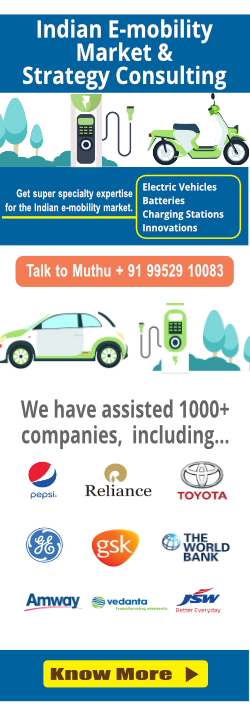EAI presents Cleantech Snapshots: a quick summary of some of the most interesting and innovative areas in clean technology that will drive the sustainability movement in future.
This snapshot focuses on Thermal Energy storage. Within this page you will find
Overview
- Thermal energy storage (TES) is a technology that stocks thermal energy by heating or cooling a storage medium so that the stored energy can be used at a later time for heating and cooling applications and power generation
- TES systemsare used particularly in buildings and industrial processes
- Storing heat is much cheaper than storing electricity. This fact has driven significant research into storing heat for later use in thermal applications, or to be converted to electricity
- Most research currently is into the types of storage mediums and to reduce costs
- Prominent storage mediums currently used include: water/ice, salt, eutectic and phase change materials

Thermal Energy Storage(Image source)
Types of storage media
- Sensible heat storage: This is based on storing thermal energy by heating or cooling a liquid or solid storage medium
Eg: Water, sand, molten salts, rocks, etc. - Latent heat storage: This uses Phase change materials i.e.going from a solid state into liquid state
- Thermo- chemical storage: This uses chemical reactions to store and release thermal energy
Advantages
- Distributes the energy to the buildings at night when line losses are low and generation efficiencies are high
- Reduces emissions and use of dirtiest power plants
- Delays the need for additional power plants
- All forms of stored energy are going to be needed to address all the different issues on the grid but thermal energy storage reduces peak electric demand
- Thermal energy storage reduces source-energy consumption by 8 to 34 percent, which means that energy providers will generate fewer polluting emissions
Applications
- Chemical processes requiring jacket cooling
- Dairy-Pasteurization and blow molding processes
- Clean room air conditioning
- District cooling in airports, hotels, business centers
- Inlet air cooling for combustion turbines
Drawbacks
- Low energy density
- Variable discharging temperature








